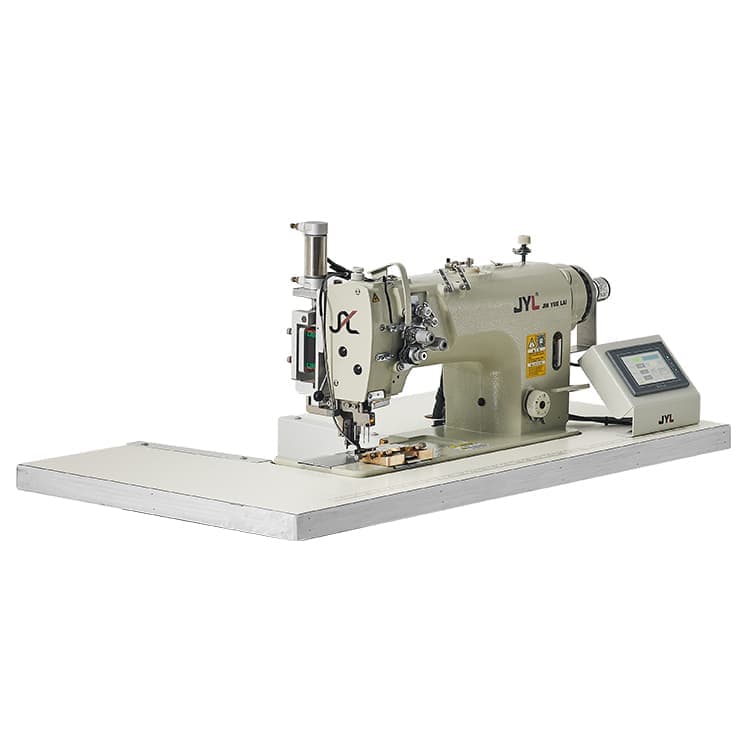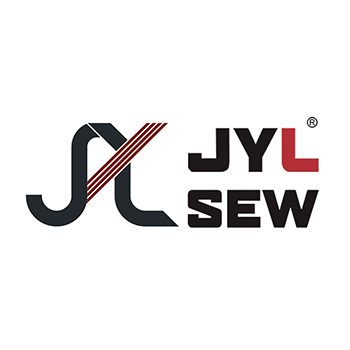A Sewing Machine generally consists of a machine head, a platen (base) and a frame. When sewing, the stitches are formed by 4 mechanisms in the machine head: firstly, the stitching mechanism penetrates the sewing needle into the sewing material; secondly, the hooking mechanism hooks the sewing thread on the needle under the sewing material Make it self-connected, or interweave or interconnect with the shuttle thread below; then the thread take-up mechanism tightens the thread; finally, the feeding mechanism pushes the sewing material a certain distance to complete the stitch formation process. The actions of these four mechanisms are closely coordinated. Therefore, the Sewing Machine is a semi-automatic precision machine.
Quality Requirements and Testing
The sewing machine is first required to be able to sew smoothly during use. When sewing within the range of the specified speed, stitch length and the thickest sewing material, there will be no thread breakage, needle breakage, seam leakage, stitches that are not tight and seam seams. Crepe and other faults can still be sewed smoothly when suddenly jumping from the thinnest sewing material specified to the thickest sewing material; secondly, under the specified sewing length, the linearity of the seam, the slippage between the upper and lower layers of sewing material, The consistency of the stitch length does not exceed the specified index, and each mechanism should have the specified performance; the third is to specify the limit of noise, vibration and smooth operation, and the requirements for wear resistance after the specified operation; the fourth is the parts The requirements for the cooperation accuracy between and between the various institutions, and the fifth is the requirement for the surface quality of the electroplating and paint layers.
The key object of sewing machine quality inspection is the sewing machine head. The key item of inspection is sewing machine performance, followed by machine performance, running performance, matching accuracy and appearance quality.
Production Process
The production process of the sewing machine includes blank preparation, cutting, hardening, electroplating, painting, assembly, etc.
Development trend
The existing hand-operated and foot-operated sewing machines for home with cast iron casings will gradually be replaced by portable light alloy electric home sewing machines; on the basis of the existing light alloy portable electronically controlled multifunctional home sewing machines, lighter weight will be developed , Smaller size, more functions, mechatronics, artificial intelligence, safer and more convenient household sewing machine. Industrial Sewing Machines have achieved different degrees of mechanical control automation, electronic control automation and computer control automation; without direct operation, they can automatically load materials, automatically sew various seams and automatically unload sewing units according to prescribed procedures ( sewing unit) has come out. In the future, the flexible automatic line for garment production controlled by electronic computer will be studied on this basis. For example, the automation of the sewing material transmission system, the sewing system with a rotatable sewing machine head, the manipulator picking and hemming system, the observation system for monitoring the edge of the sewing material by TV, etc.; the automatic identification, orientation, transmission, feeding, clamping, etc. of the sewing material Sewing, unloading automation and new sewing techniques; development of new stitches; use of movable sewing heads to sew on different planes in different directions, changing from one sewing style to another, etc. It will also produce Digital Sewing Machines of different specifications. The general direction is to apply high technology to garment production as much as possible and establish an unmanned automated factory.
We have cheap sewing machines on sale and support large quantities of wholesale, if you have demand, please contact us.





